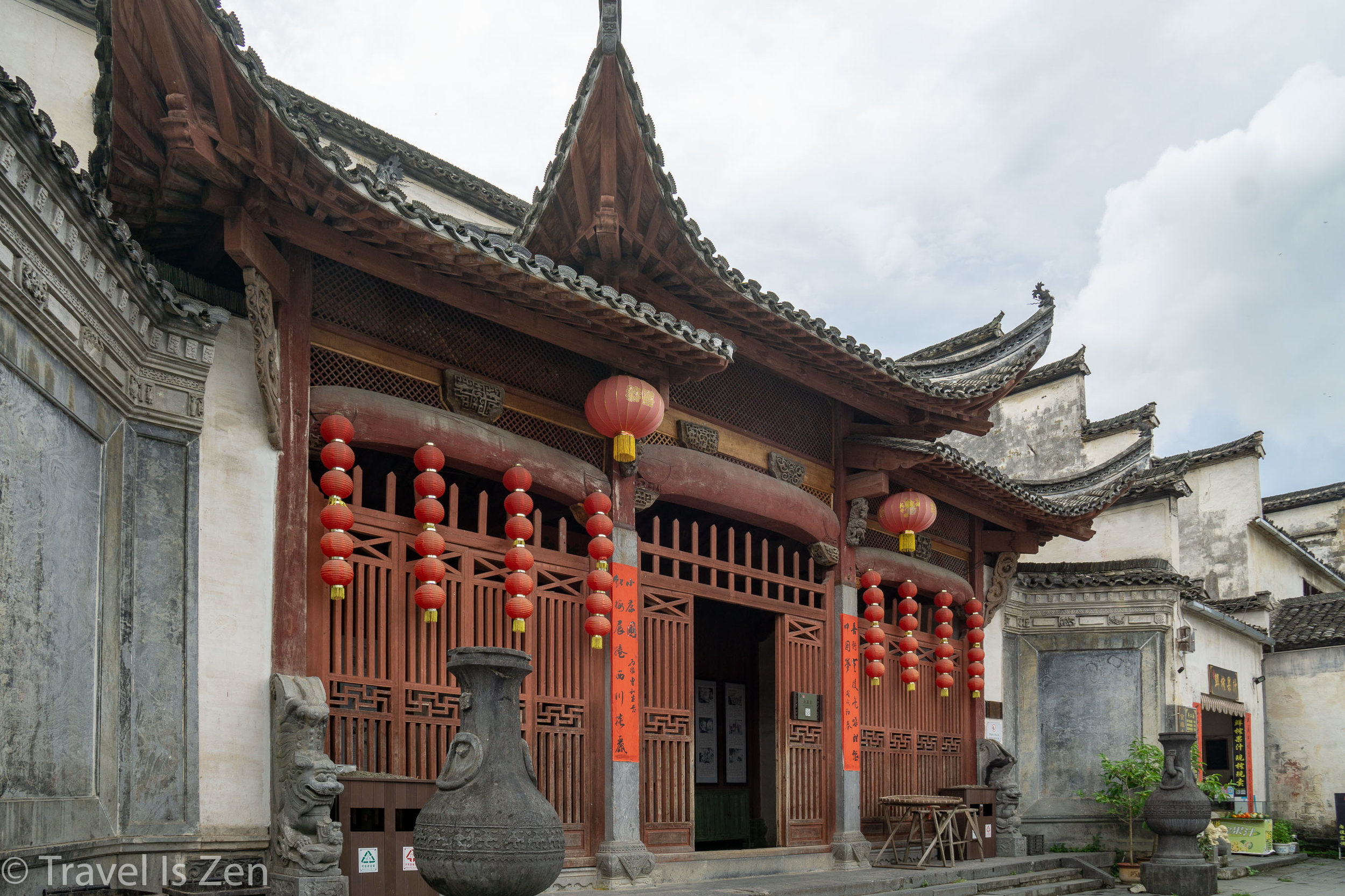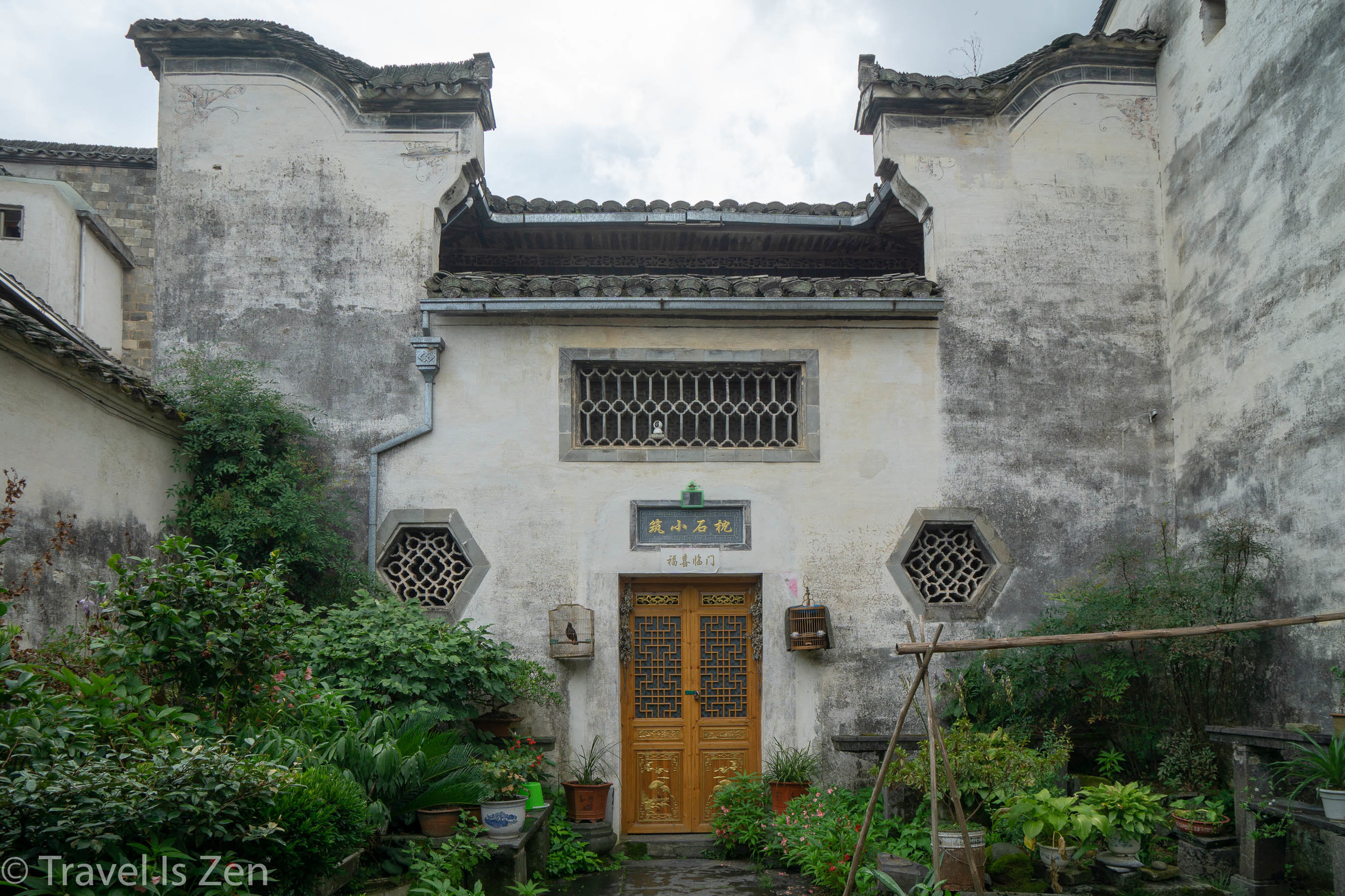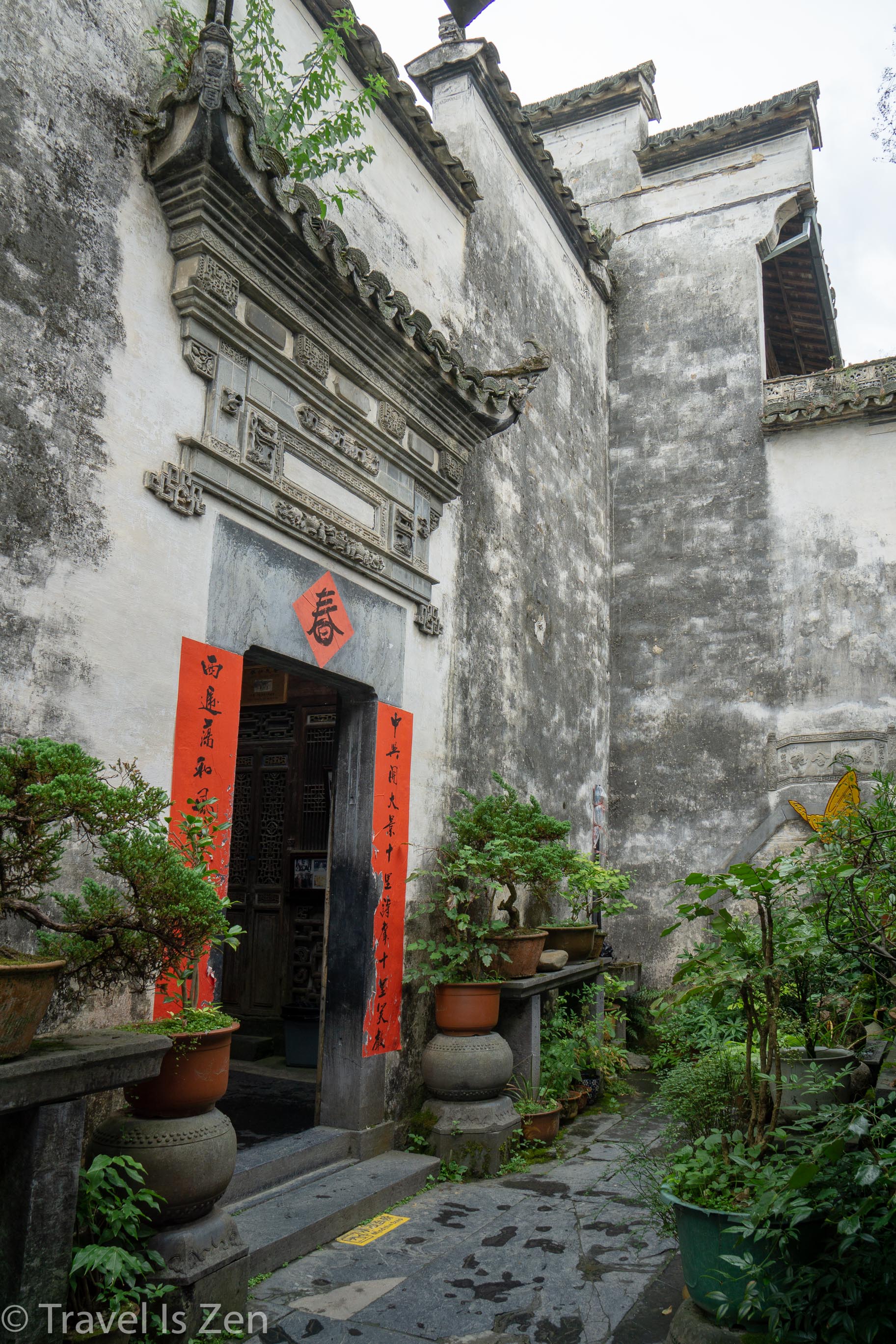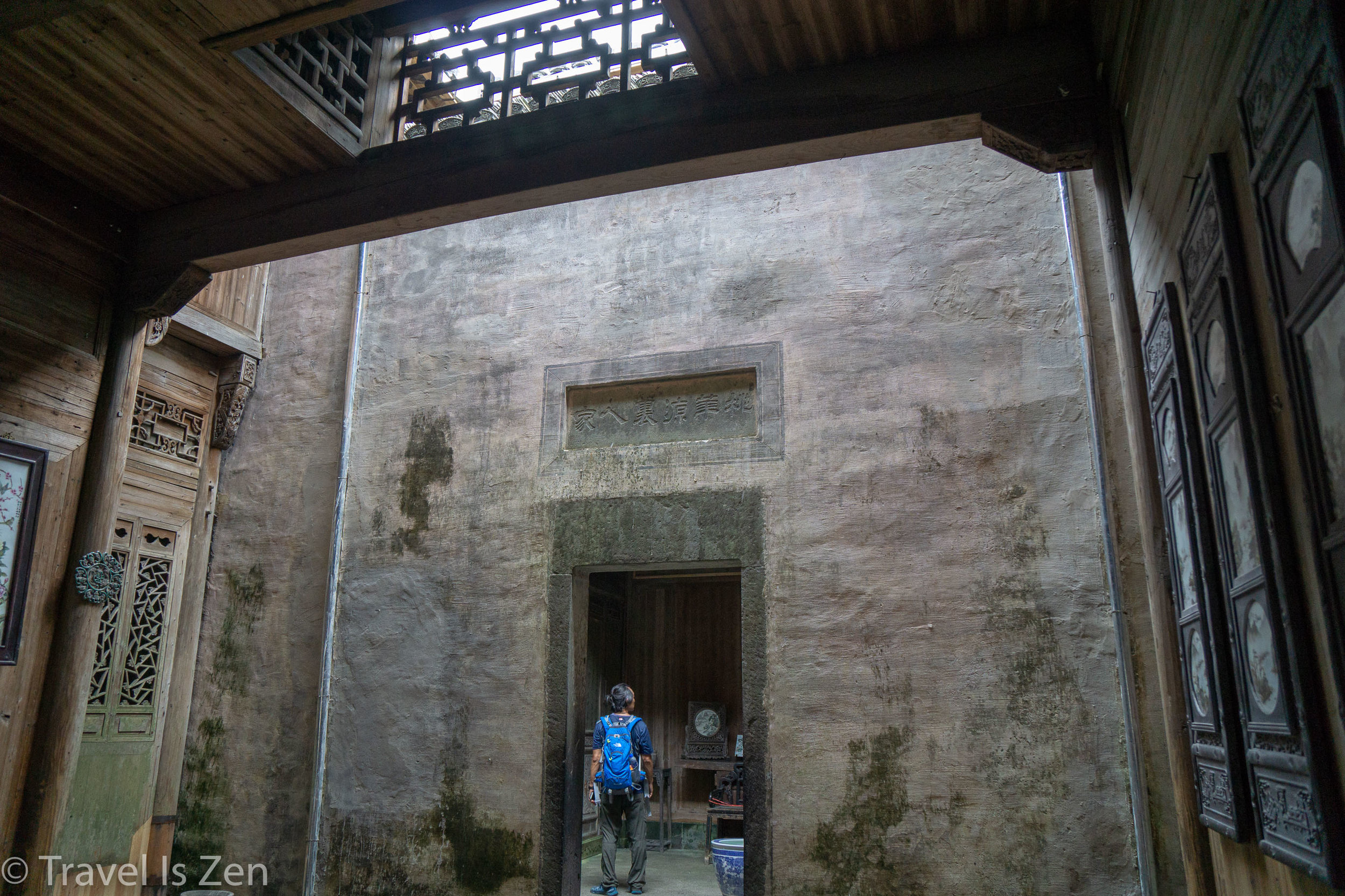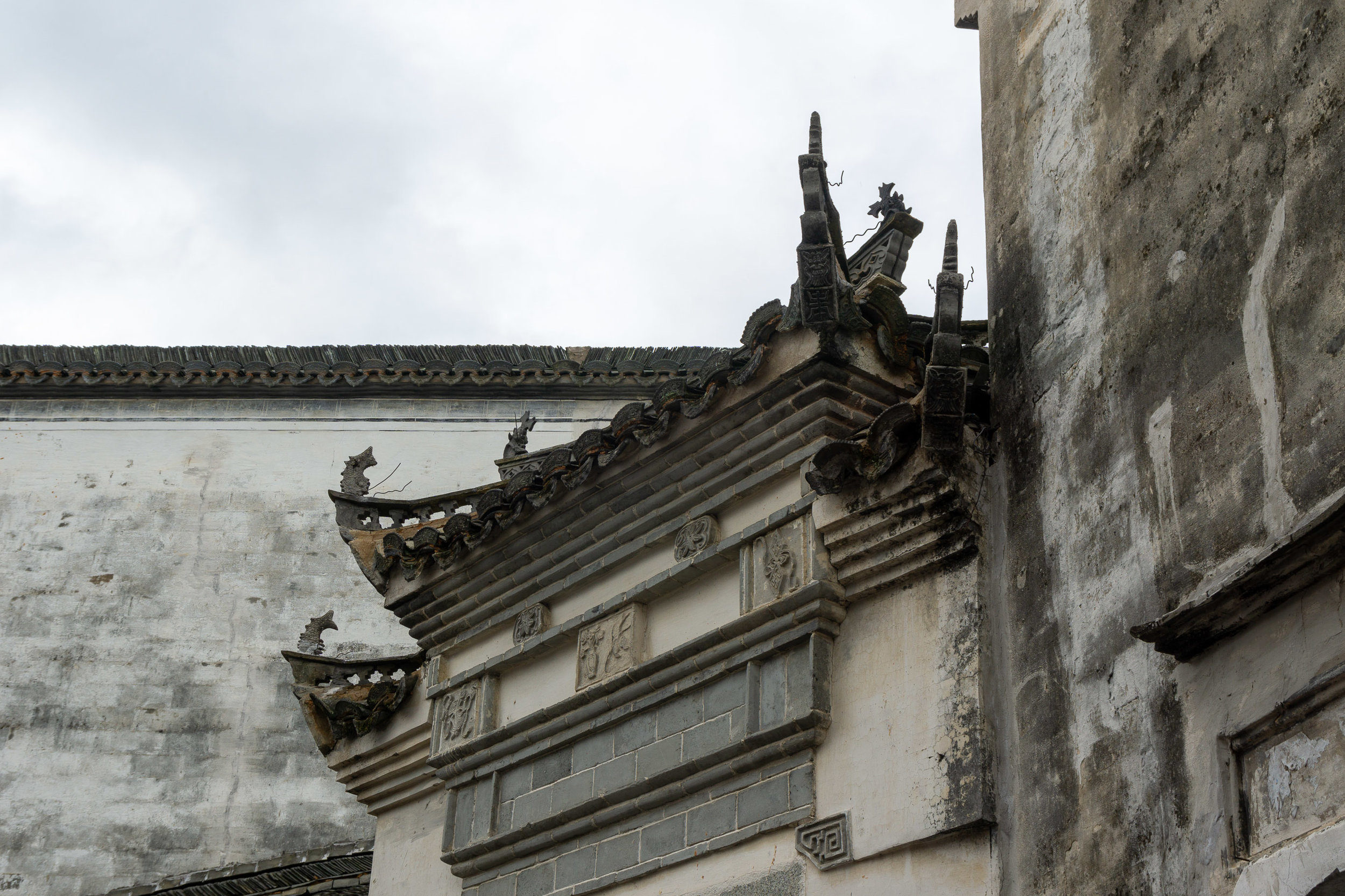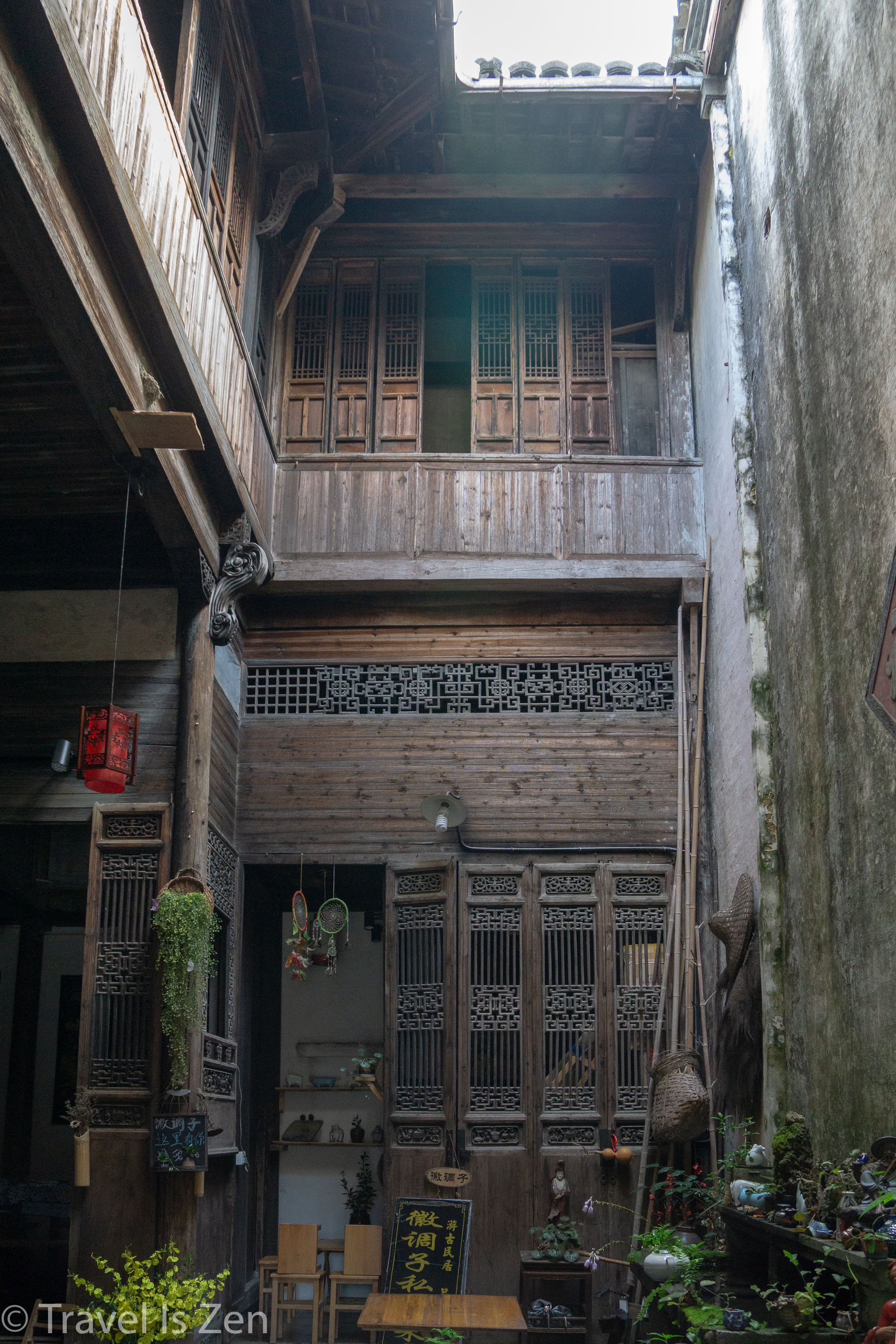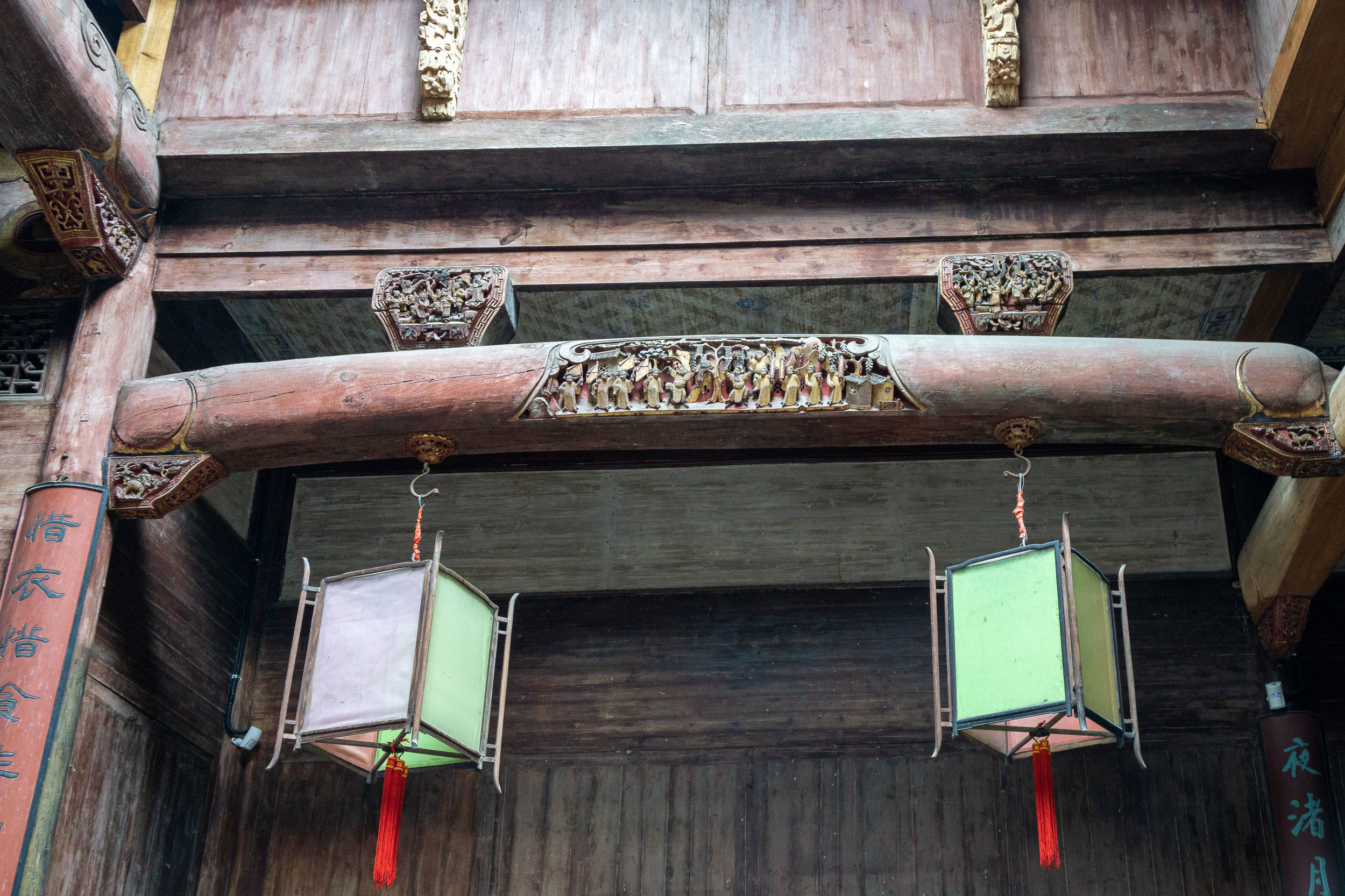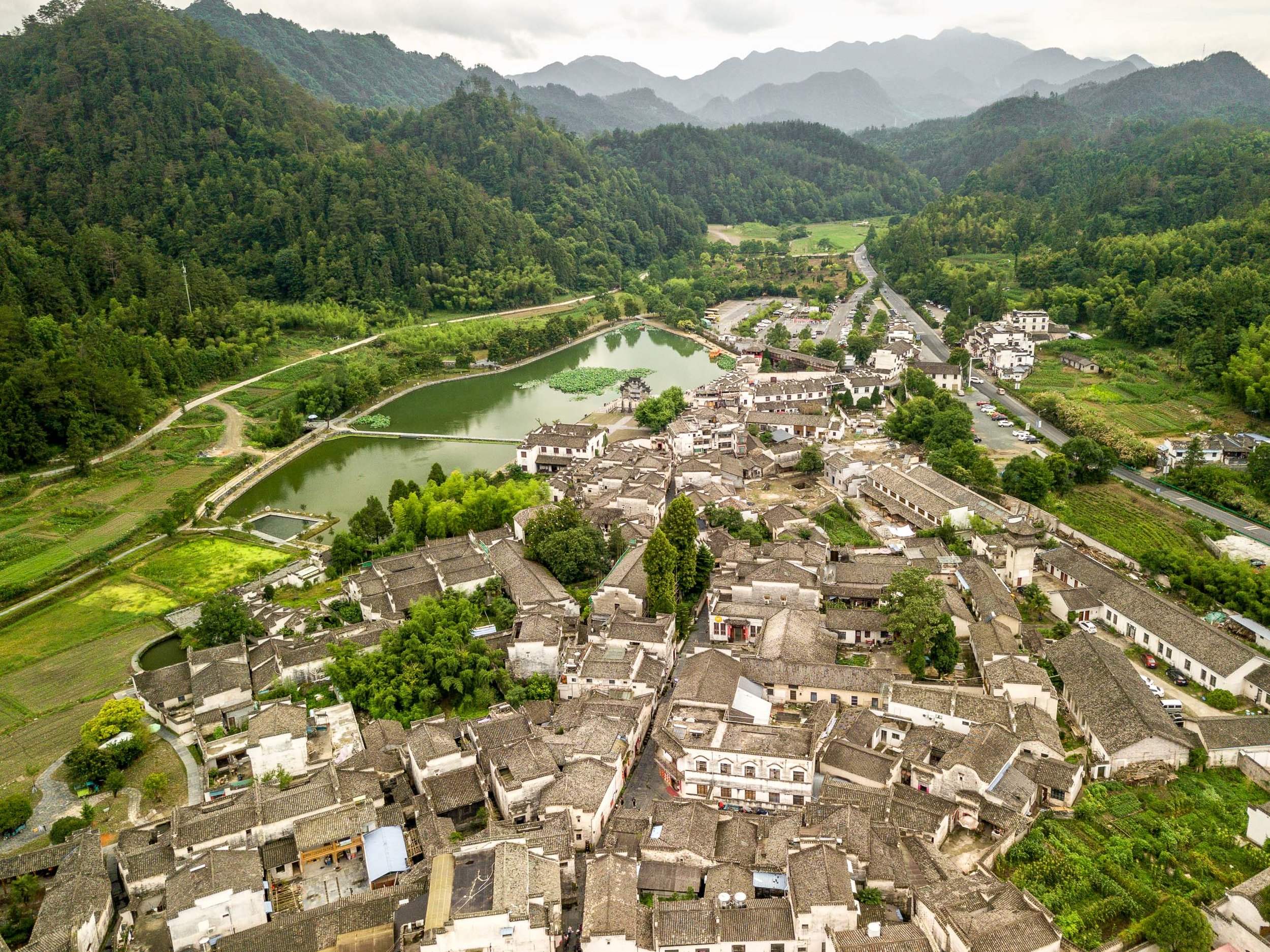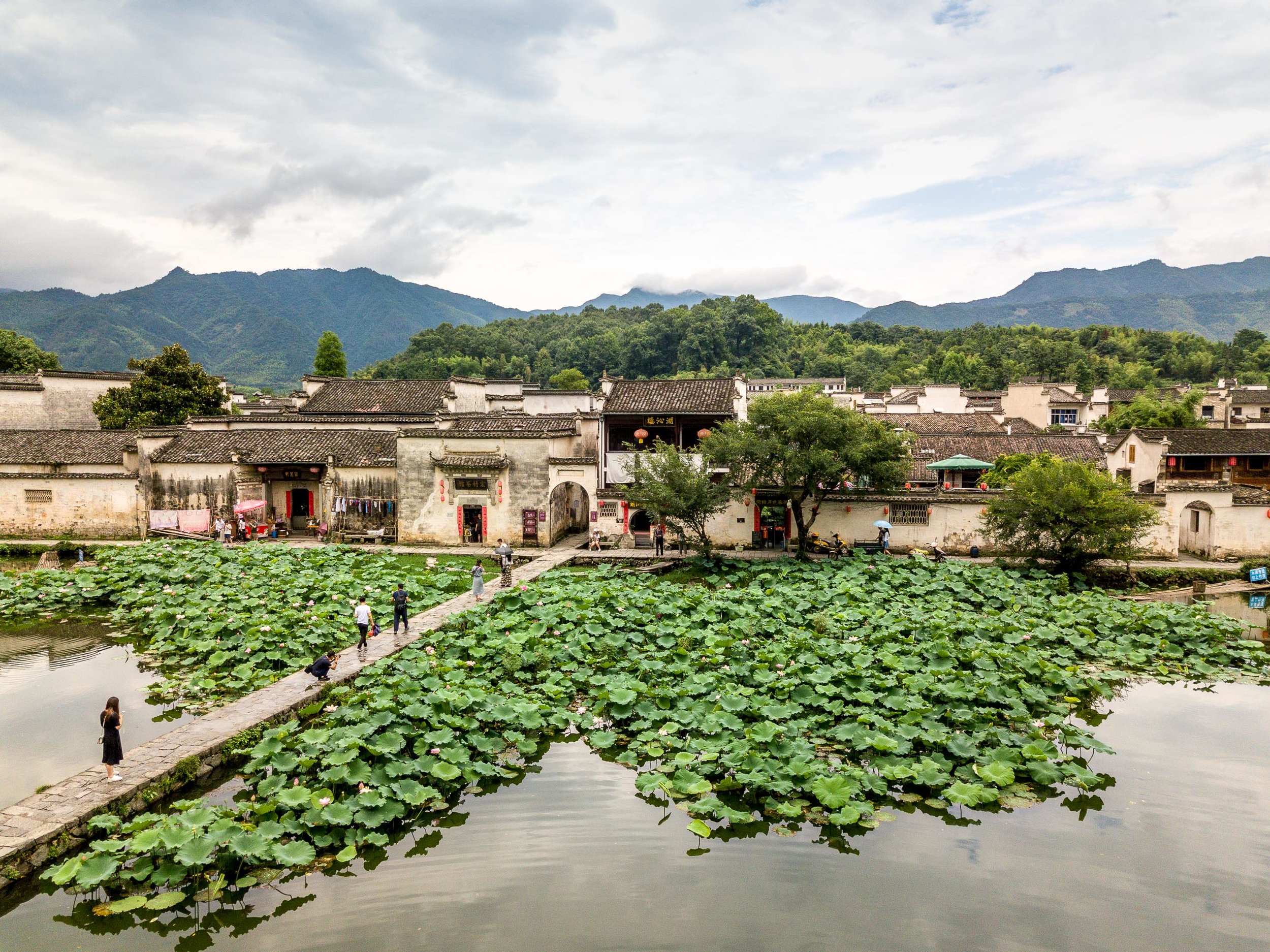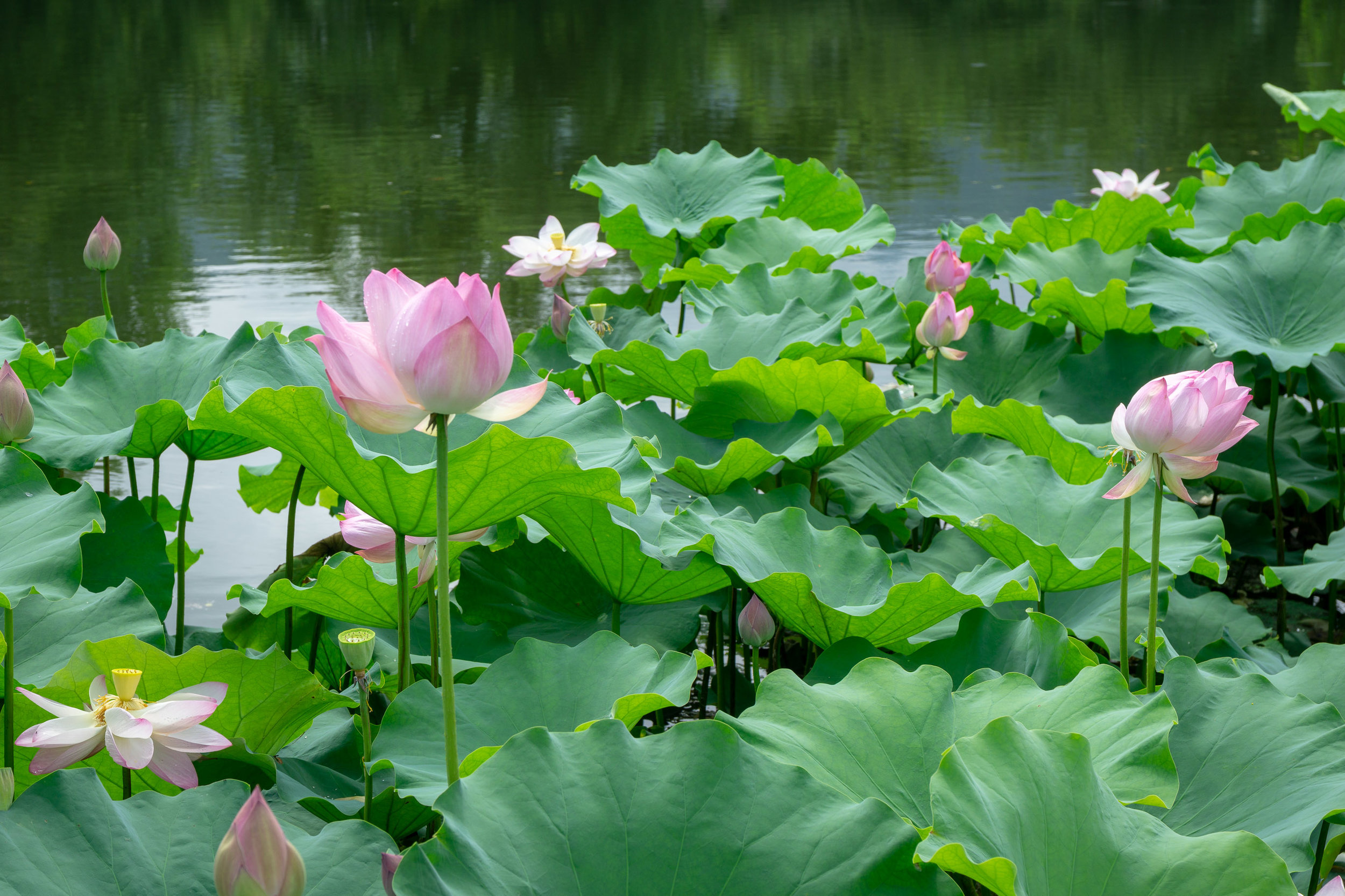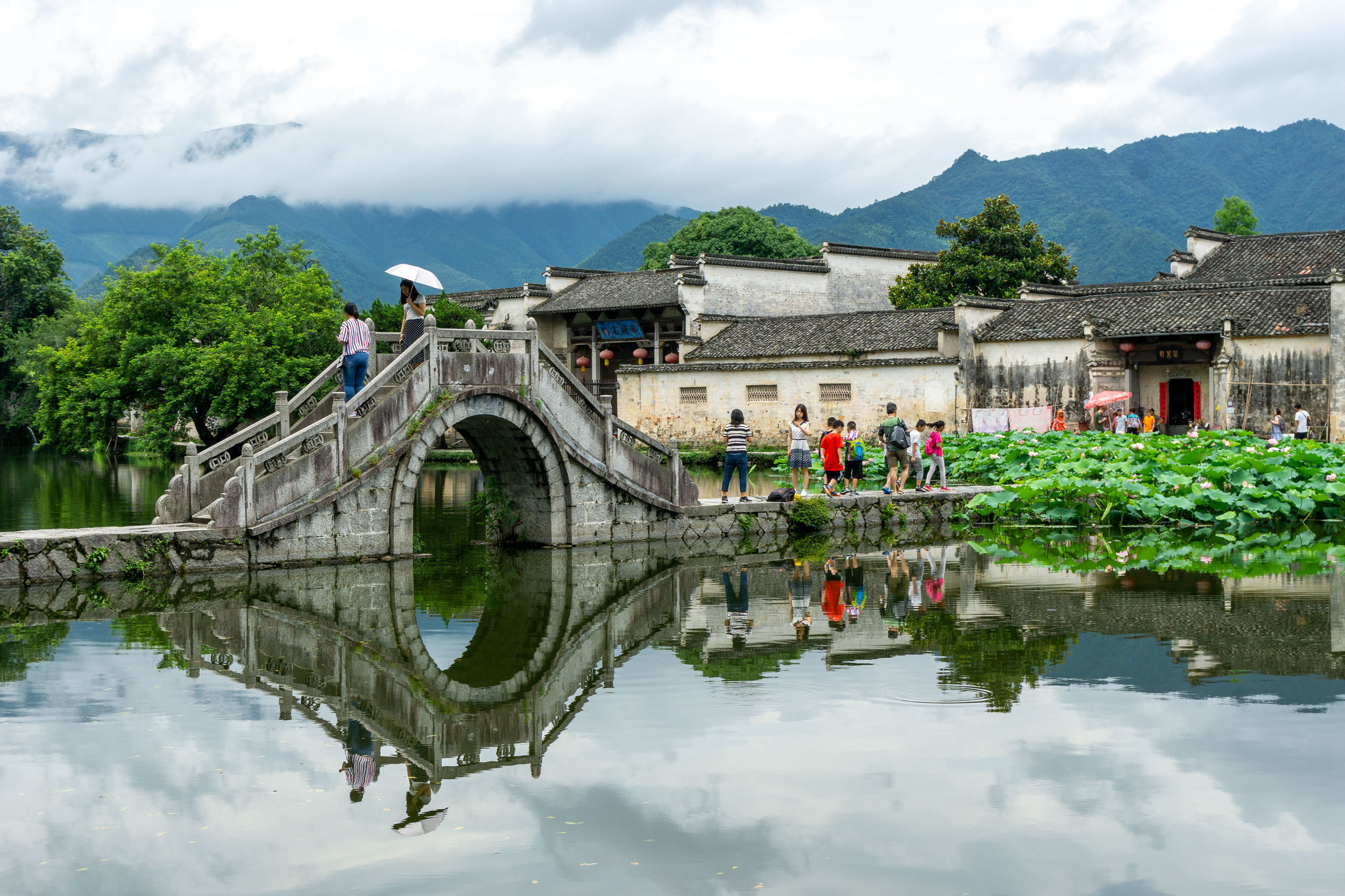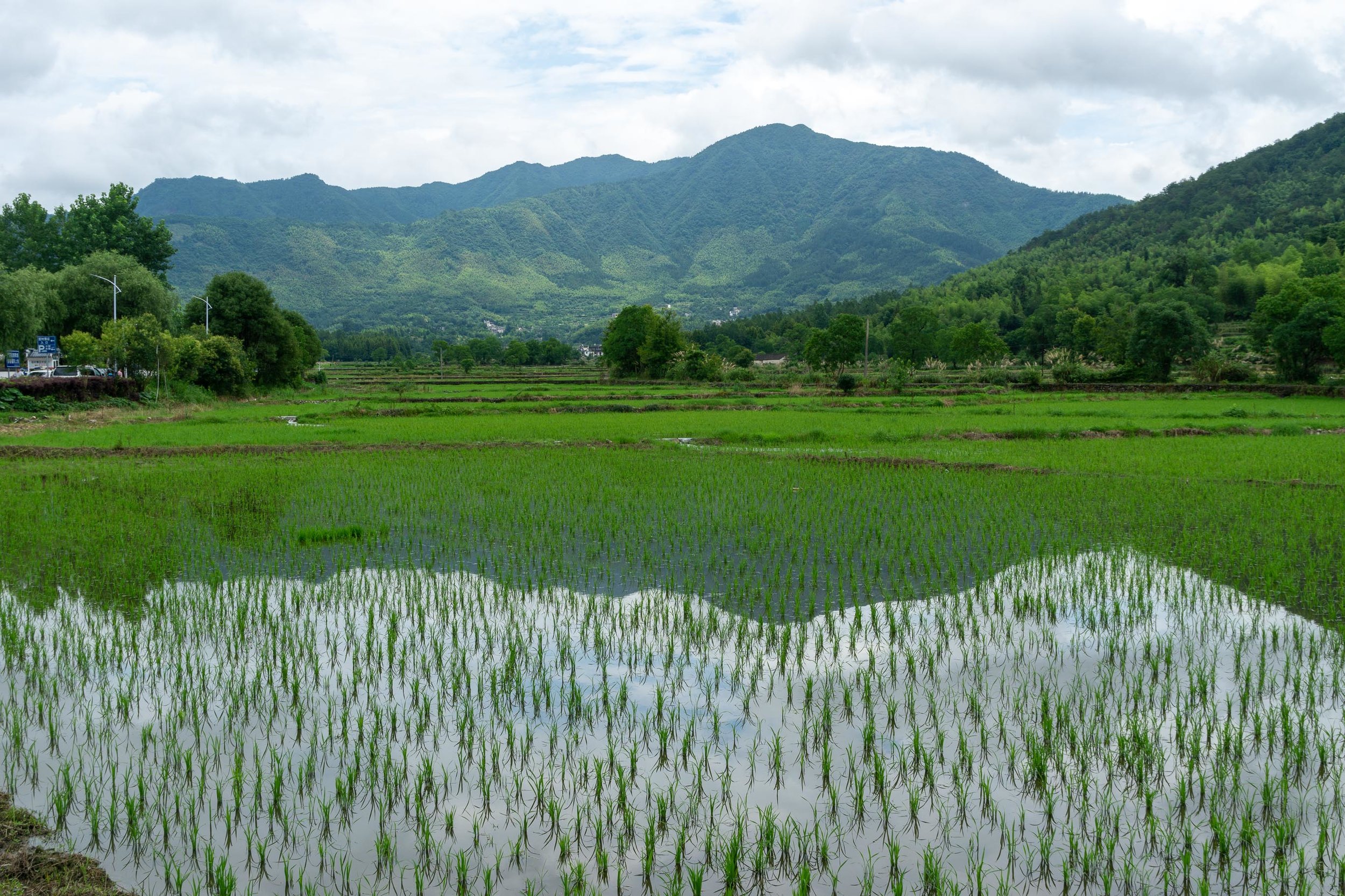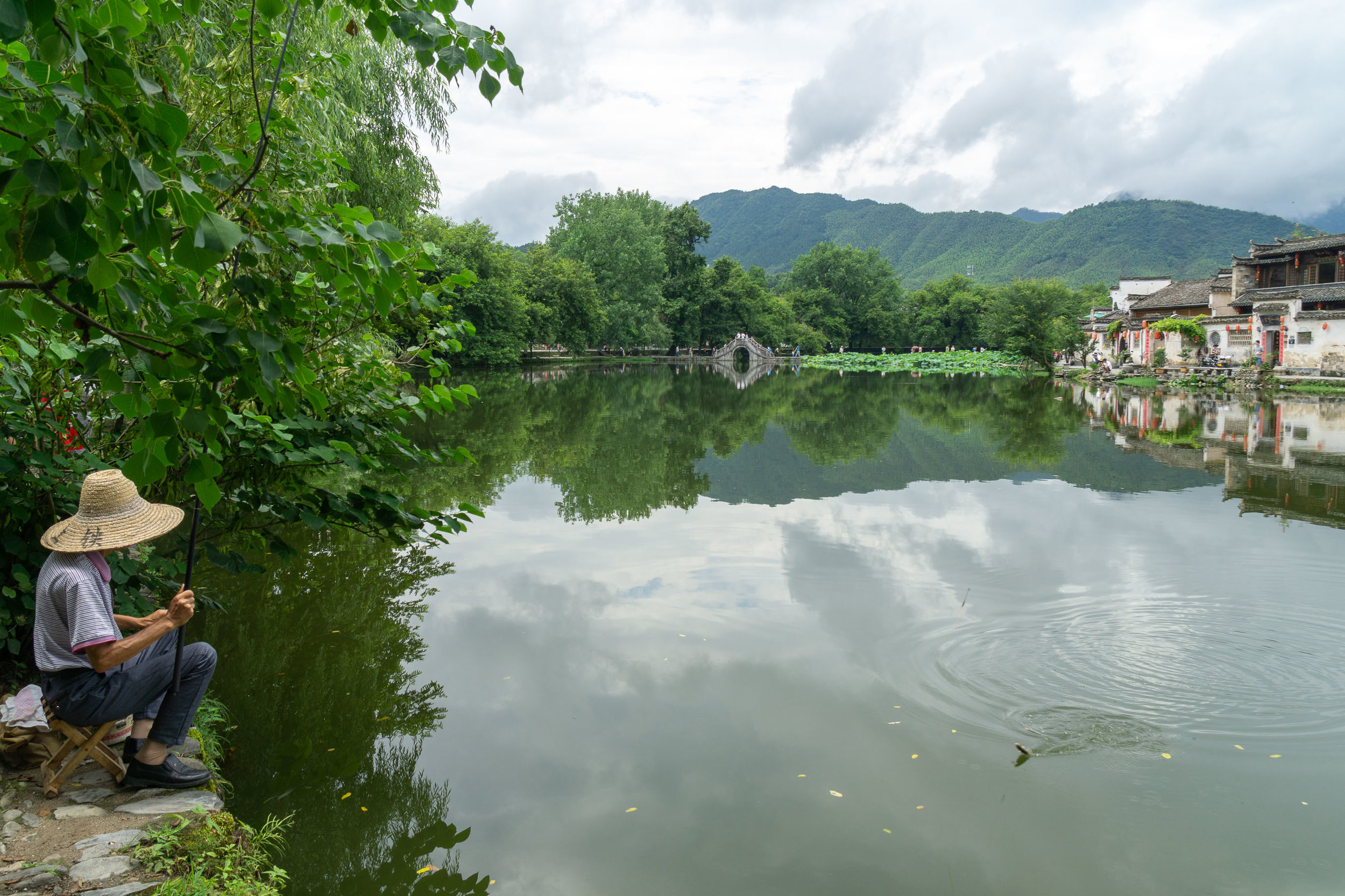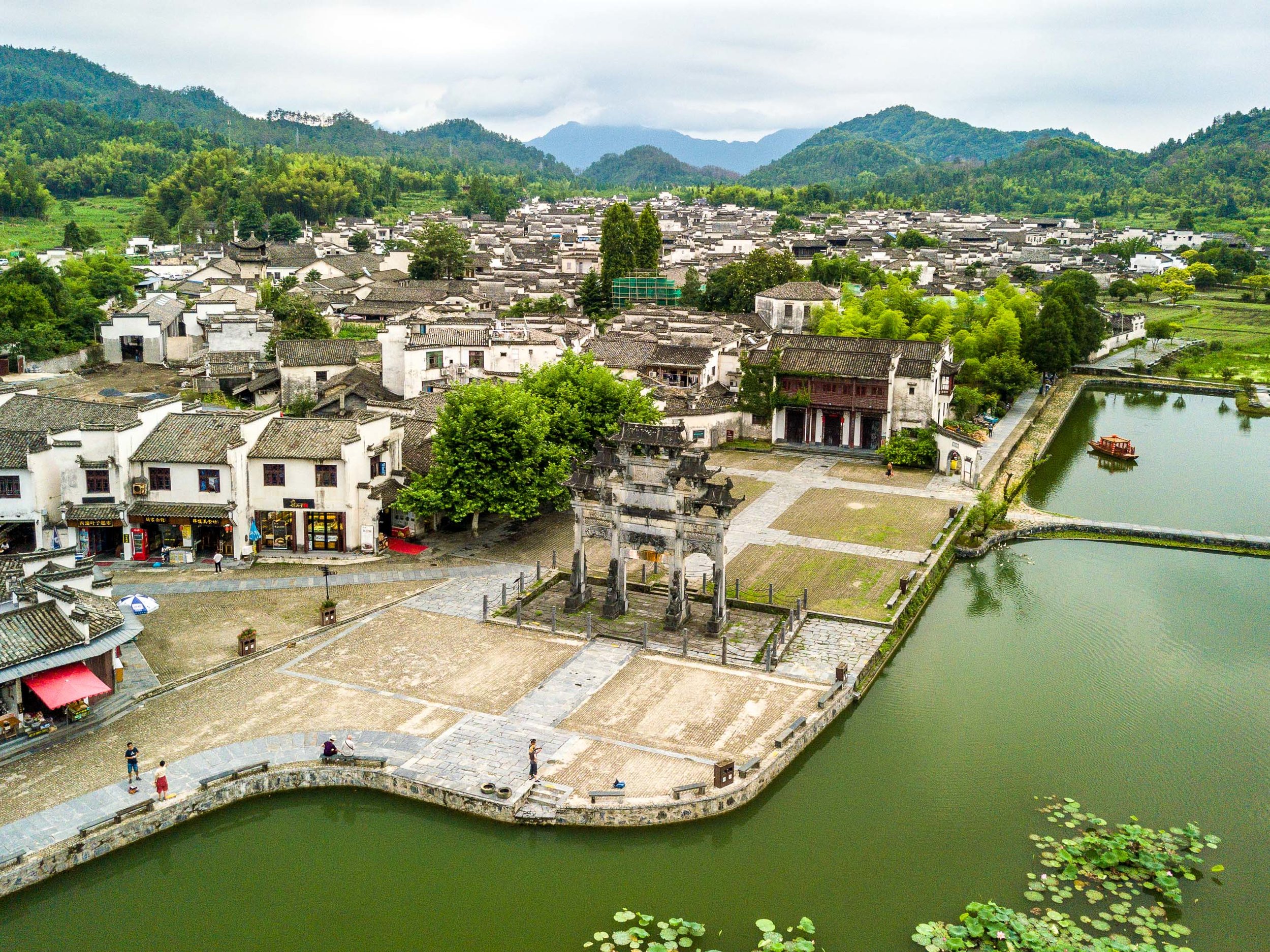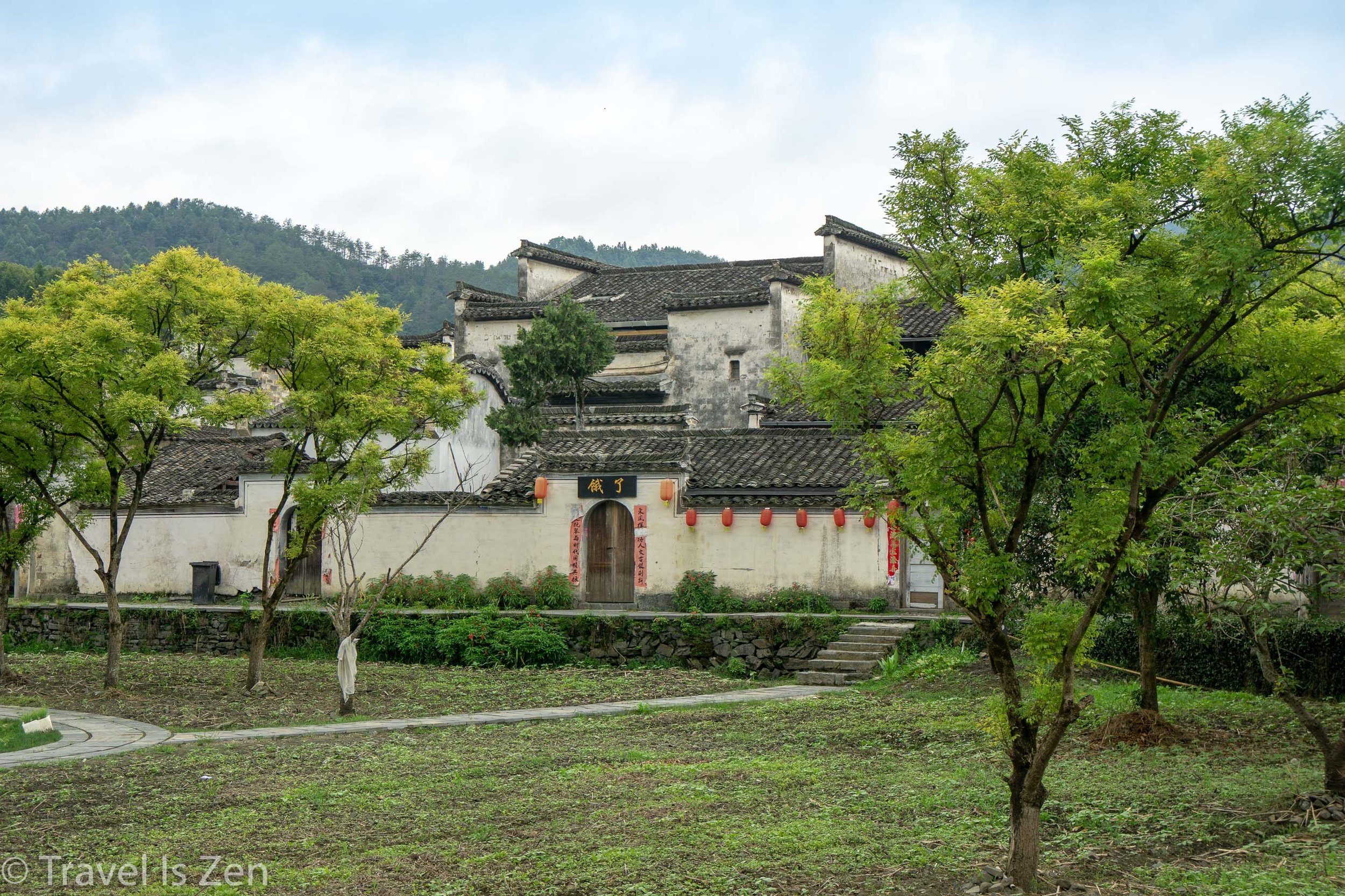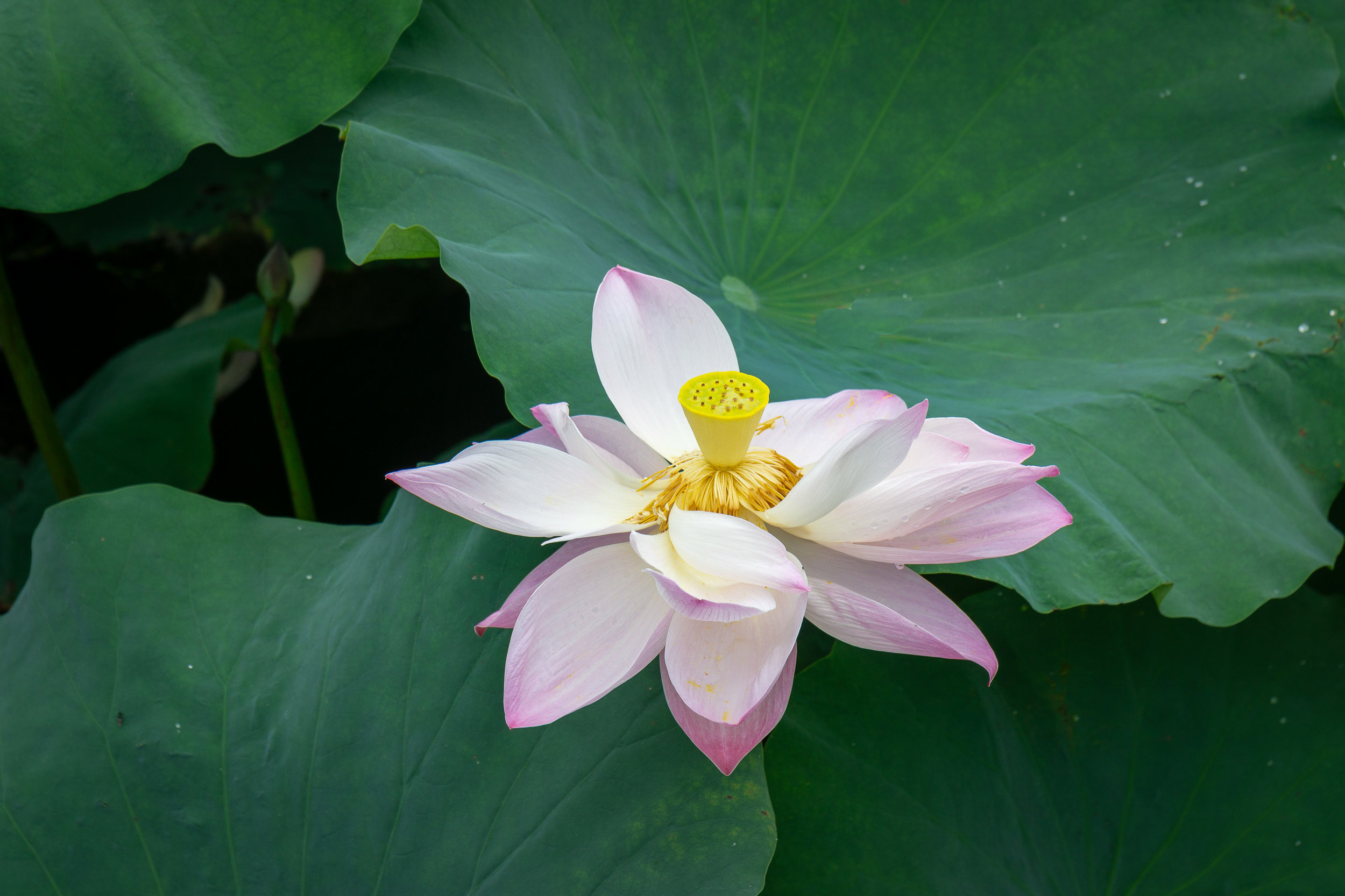Xidi and Hongcun, China: Lessons in Fengshui and Functional Design
beautiful functional abacus, Hui, China
I have a fascination with functional design. Urban gardens on flat rooftops. Stylish walkways above major road crossings. Super trees in Singapore. Apple products. I was born stubbornly pragmatic, so beauty without purpose (a statue in the middle of a park, for example) seems like a lost opportunity. Why not integrate a drinking fountain or a public toilet facility into that statue? If it's aesthetically pleasing AND provides an answer to "why", my heart is a-flutter.
Xidi and Hongcun are excellent examples of Chinese villages that are beautiful (great for photography) but built with purpose in mind. These two small towns lie within Anhui Province, China, an area with a long and rich history of trade. In this mountainous area, arable land is scarce. Instead of farming, Hui men made their living as merchants, selling tea, paper, ink, salt and wood. Businessmen traveled far and wide to promote and sell their products, leaving their homes and villages vulnerable to attack. The architecture of Hui villages evolved to protect women, children and goods in the absence of men.
High Walls and Courtyard
high walls and fire-blocking gables in Xidi, Anhui Province, China
Each two-story home is surrounded by a formidable, windowless outer wall, 8 meters (~24 feet) high, and another inner wall 5 meters (~15 feet) high. Behind the inner wall lies the "hall", the ground-floor space for goods storage and daily activities, such as studying, cooking, and socializing. The second story is reserved for sleeping. An intruder would have to make his way through two sets of walls and climb ladders in the darkness of night to rape, pillage, or plunder.
Windowless, barricaded living spaces are functional, but do not sound very beautiful. This is where the "design" of these homes shines. The double walls create an inner, protected courtyard and garden area, providing illumination, ventilation and a little touch of nature to soften the stone walls. The courtyard also provides privacy. Passers-by can not see beyond the courtyard; in feudal times, potential aggressors could not know for sure if the men of the house were present. Adorning the high walls are elegantly-carved, upward-sweeping gables, which serve as a fire barrier, protecting homes from spreading fire.
U-Shaped Homes Create a Skylight and Symmetry
Beyond the courtyard is the hall, or living area, built in a U-shape. The space above the U is roofless, creating a skylight for fresh air and ambient natural light even when the courtyard doors are tightly shut. Small container gardens often fill this space, again bringing nature indoors. The U shape design also creates symmetry, with a large hall flanked on either side by smaller rooms. Symmetry symbolizes the harmony of a family.
Flowing Water Principle of Feng Shui
The Hui people believe that flowing water in the home symbolizes wealth and prosperity. The hall usually features a large, stylish cistern to collect the water and snow falling from the rooftops. Furthering this fengshui principle, every household is connected to a water canal that channels water from community pools directly to residents' homes. In most ancient cities, people shared a common well. Women would have to leave the house to get water from the well, which could be risky in a town guarded by few men. In Xidi and Hongcun, water is piped to the homes. The channels serve the practical purpose of safety, while also adding an important element of feng shui.
flowing water channels
South or East Facing Doorways
For the practical purpose of regulating a home's temperature, doors face a south or east direction, keeping the residents warm in winter and cool in summer. According to Feng Shui principles, one must avoid having doors facing corners, narrow alleys, walls or other objects that can block the flow of good energy (and trap bad luck!). In a tight-knit village, it could be difficult to place a door in the proper direction without encountering a blocking object. It is common, therefore, to enter a south or east facing door with a short walkway that gently bends into the courtyard or hall. Decorative mirrors, hanging scissors, and engraved stones strategically placed within the home add a decorative touch while also serving as talismans to drive away evil spirits.
Decor Serving as a Moral Code of Conduct
Wood carvings, artwork and calligraphy panels throughout the home serve as visual "lessons" concerning benevolence, righteousness, wisdom, loyalty, education and so forth. Inspiration for the intricate wood engravings in roof beams, tables, chairs, and decorative wall panels comes from folk legends, poems and stories that reflect Confucian etiquette, Buddhist teachings, and Daoist principles. Calligraphy scrolls, hung in pairs, are balanced in design and rhythm; their messages of moral behavior are intended to be read aloud. Selected vases and artwork have been collected and handed down over generations.
Trip Planning
Today, Xidi and Hongcun are UNESCO world heritage sites and residents are committed to preserving the street layout, landscape, architecture, cuisine (hairy tofu anyone?) and 600 year culture of the Hui people. Tourists must purchase separate tickets to enter Xidi and Hongcun. The ticket prices in June 2018 were 104 yuan per person (about $17), which were each good for three days.
sharing our experience with many others
There are many hotels, homestays and restaurants within the city walls of both Xidi and Honcun. We recommend staying inside the villages to avoid the bus loads of tour groups. We stayed two nights at Su Xiang Siyuan Hotel in Xidi and enjoyed quietly exploring the small town in the morning and evening before and after the city gates closed. We took a bus about 45 minutes from Xidi to Hongcun, arriving with the tour group mobs. It was a less tranquil experience and tough for scenic photography. Honestly, I would have preferred to have rented a motorbike to explore the area between Xidi and Hongcun, rather than taking the bus and/or paying another entry fee for Hongcun. We passed many small towns and parks on the way to Hongcun that called out for exploring. And after spending time in Xidi, Hongcun felt a bit redundant. But alas -- free tip for you. :-)
Like this post? Please love, share, pin, or leave us comment. We enjoy connecting with other travelers. Hope to see you on the road!



